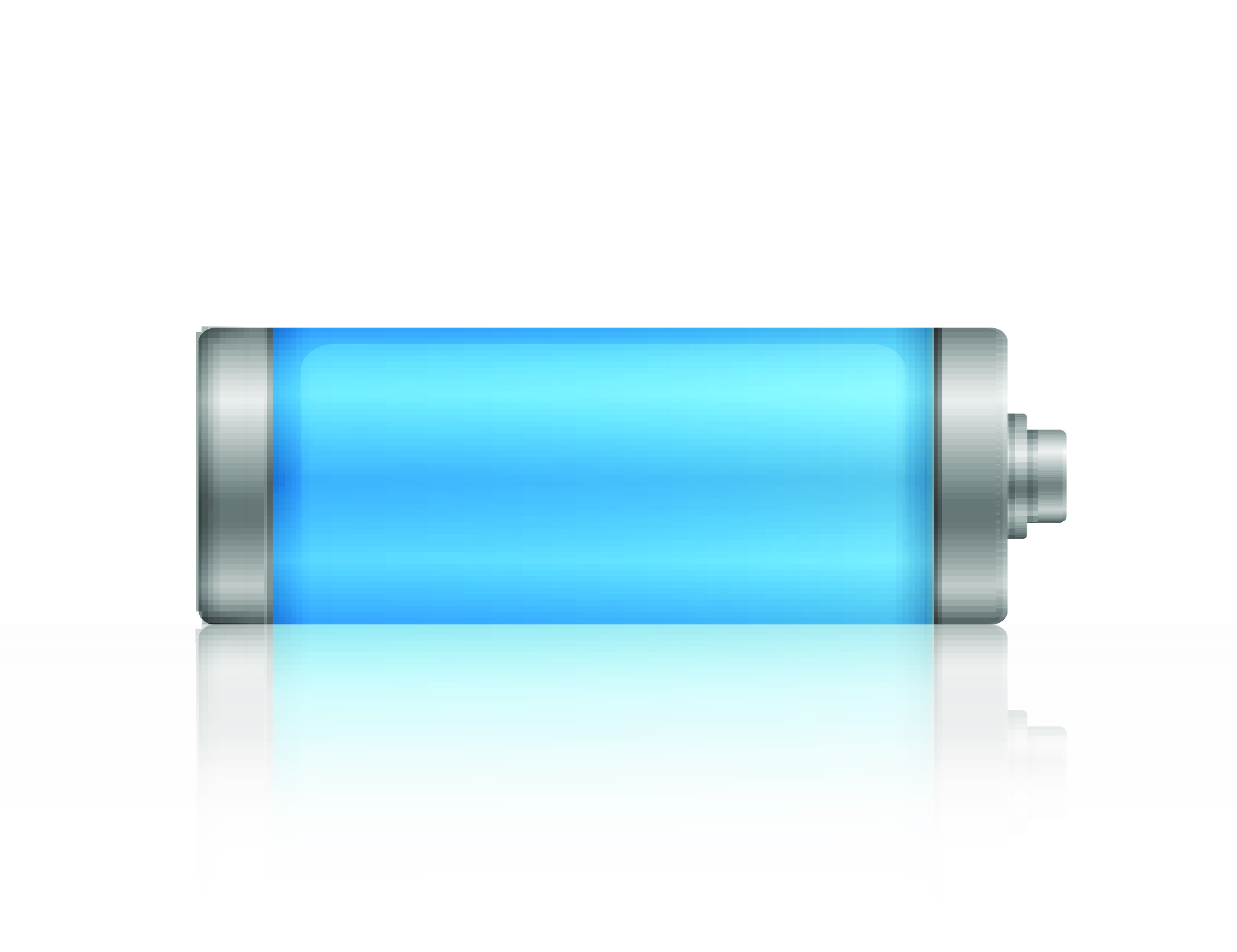In-depth discussion of the factors that determine the voltage of lithium batteries, including their materials, electrolytes, and structural design
As an important branch of lithium-ion batteries, lithium iron phosphate batteries (LiFePO₄) have become a popular choice for electric vehicles and energy storage systems due to their high safety, long cycle life and stable voltage platform. This article will focus on the voltage characteristics of lithium iron phosphate batteries, analyze its influencing factors, and explore how lithium-ion battery manufacturers can break through bottlenecks through technological innovation.
1. Positive and negative electrode materials
The nominal voltage of lithium iron phosphate battery is 3.2V, and the full-charge voltage is 3.65V, which is significantly lower than that of lithium cobalt oxide (3.7V) and ternary material (3.6-3.7V) batteries. This difference is due to the chemical characteristics of its positive electrode material: lithium iron phosphate (LiFePO₄) has a relatively flat potential platform. Although its energy density is low, it can achieve a long life through stable lithium ion insertion and extraction.
Key comparisons:
Lithium cobalt oxide battery: high voltage (4.2V) brings high energy density, but easy lithium precipitation and poor safety.
Ternary lithium battery: balances energy density and rate performance, but thermal stability is lower than lithium iron phosphate battery.
Lithium iron phosphate battery: stable voltage platform, cycle life of more than 3,000 times, suitable for energy storage systems with high safety requirements.
Key comparisons:
Lithium cobalt oxide battery: high voltage (4.2V) brings high energy density, but easy lithium precipitation and poor safety.
Ternary lithium battery: balances energy density and rate performance, but thermal stability is lower than lithium iron phosphate battery.
Lithium iron phosphate battery: stable voltage platform, cycle life of more than 3,000 times, suitable for energy storage systems with high safety requirements.
2. Electrolyte
The electrolyte of lithium iron phosphate batteries needs to adapt to its 3.2V potential platform. Although the electrochemical window (1V-4.5V) of traditional organic electrolytes can cover its voltage range, the insufficient ion conductivity of the electrolyte will cause a sudden drop in voltage during high-rate discharge. For example, the voltage platform of lithium iron phosphate batteries drops by 0.1V at a high rate (3C), affecting the battery life of the device.
3. Polarization Effect
During the charge and discharge process, polarization effects (ohmic polarization, electrochemical polarization, concentration polarization) will cause the actual voltage to deviate from the theoretical value. Taking high-rate discharge as an example, the voltage platform of the lifepo4 lithium battery drops more significantly due to the limitation of lithium ion diffusion rate, which needs to be alleviated by optimizing the electrode structure.
4. Working conditions
The voltage of lithium iron phosphate batteries is significantly affected by temperature, SOC and charge and discharge rate:
State of charge (SOC): The voltage step of lifepo4 lithium battery is obvious at 60% SOC, which is related to the phase change of graphite negative electrode.
Temperature: Low temperature (below 0℃) increases internal resistance, and high temperature (>60℃) accelerates side reactions, both of which lead to voltage fluctuations.
Charge and discharge rate: The voltage platform at 3C discharge is 0.05-0.09V lower than that at 1C, highlighting the influence of polarization effect.
State of charge (SOC): The voltage step of lifepo4 lithium battery is obvious at 60% SOC, which is related to the phase change of graphite negative electrode.
Temperature: Low temperature (below 0℃) increases internal resistance, and high temperature (>60℃) accelerates side reactions, both of which lead to voltage fluctuations.
Charge and discharge rate: The voltage platform at 3C discharge is 0.05-0.09V lower than that at 1C, highlighting the influence of polarization effect.
5. Structural design
Lithium-ion battery manufacturers improve the voltage efficiency of lithium iron phosphate batteries by optimizing structural design:
Electrode thickness: Thin positive electrodes reduce liquid phase concentration polarization, but energy density needs to be balanced.
Silicon-based negative electrode application: Silicon-based negative electrodes increase lithium ion storage capacity and alleviate the energy density shortcomings of lithium iron phosphate batteries.
Diaphragm technology: Ceramic coated diaphragms enhance thermal stability and reduce the risk of voltage fluctuations at high temperatures.
The voltage characteristics of lithium iron phosphate batteries (LiFePO₄) are determined by their positive and negative electrode materials, electrolyte, polarization effect and structural design. Although the energy density is lower than that of ternary batteries, its safety and cycle life make it irreplaceable in the fields of energy storage and electric vehicles. For lithium-ion battery manufacturers, optimizing electrolyte formulation, electrode structure and thermal management technology is the key to unleashing the potential of lithium iron phosphate batteries.
Electrode thickness: Thin positive electrodes reduce liquid phase concentration polarization, but energy density needs to be balanced.
Silicon-based negative electrode application: Silicon-based negative electrodes increase lithium ion storage capacity and alleviate the energy density shortcomings of lithium iron phosphate batteries.
Diaphragm technology: Ceramic coated diaphragms enhance thermal stability and reduce the risk of voltage fluctuations at high temperatures.
The voltage characteristics of lithium iron phosphate batteries (LiFePO₄) are determined by their positive and negative electrode materials, electrolyte, polarization effect and structural design. Although the energy density is lower than that of ternary batteries, its safety and cycle life make it irreplaceable in the fields of energy storage and electric vehicles. For lithium-ion battery manufacturers, optimizing electrolyte formulation, electrode structure and thermal management technology is the key to unleashing the potential of lithium iron phosphate batteries.
 +86 13332949210
+86 13332949210 info@xihobattery.com
info@xihobattery.com







 Xiho
Xiho May 22 2025
May 22 2025











